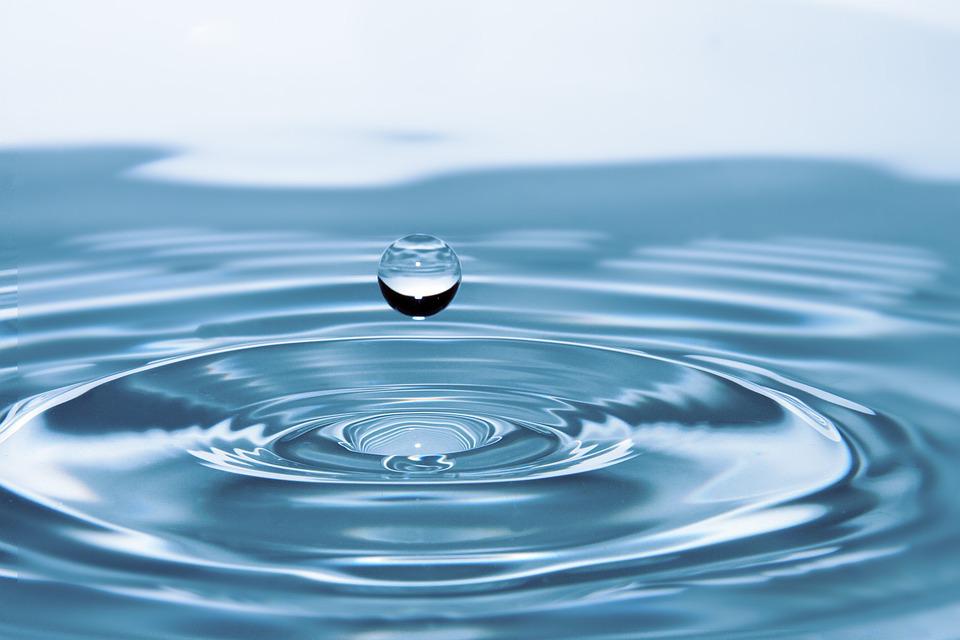We tend to think of water as something abundant and taken for granted when it is not. Before water flows into your tap, it has gone through several operations, treatment, and delivery stages. Turning on the tap is a familiar gesture, a daily habit, but if you are aware of the work done to obtain this comfort, you will have more respect for the planet. Want to know more about the steps involved in supplying drinking water? The rest of this article tells you everything.
The Source
Drinking water for human consumption finds its source in groundwater and open surface water (river, lake, etc.). It can be loaded with micro-organisms and mineral particles that are harmful to health in its natural state. After pumping, water treatment is therefore essential.
Water companies also use other sources such as rainwater and seawater. The more homogeneous the particle concentration, the more complex the treatment. Hydrologists always find the most suitable solutions to preserve the source and ensure water distribution.
Exploitation
Open surface water draws from underground reserves. Drilling and pumping are therefore mandatory steps to exploit a spring. Many individuals decide to drill private wells to take advantage of a free water source. The exploitation phase includes the hydrogeological study, the search for the water table, the drilling, and the pumping. Administrative procedures are also mandatory. After the exploitation comes the most delicate phase: “the treatment”.
The treatment
The water is only drinkable after treatment. The pump transports it to a station where the treatment occurs in two successive stages: decantation and filtration. Decanting consists of letting the water rest until the solid particles settle at the bottom of the tank. This stage can last from a few hours to a few days, depending on the purity of the water. After settling, the liquid is filtered by an osmosis machine and sent to a tank. Its purity will then be checked before sending it to the distribution pipes.
Distribution
A pressurization pump ensures water distribution. When you turn on your faucet, the pressure is released, and the water flows into your sink. However, consider installing an osmosis unit after the meter to remove micro-pollutants. To install a water distribution and evacuation network in a building, the intervention of a plumber is necessary. Only a plumber can install the piping system in a proper way. You can find plumbers near you in the yellow pages.

Sanitation
You have used your water wisely. You’ve used it to shower, cook, water the garden, and do the laundry. Now you know where your tap water comes from.
After comfort comes responsibility, sanitation means treating wastewater before it is released into the environment. A building in the city must be connected to the primary sewer system, while isolated houses (in the country or the mountains) require an autonomous sanitation system. In both cases, the treatment steps are similar. The wastewater is collected in a pre-treatment tank, then poured into a spreading bed. Environmentally harmful particles will be retained before the water is returned to nature, its source.
This cycle of operation and treatment is repeated and does not present any real danger to the ecosystem. Our responsibility is not to neglect specific steps such as treatment before consumption and sanitation.
